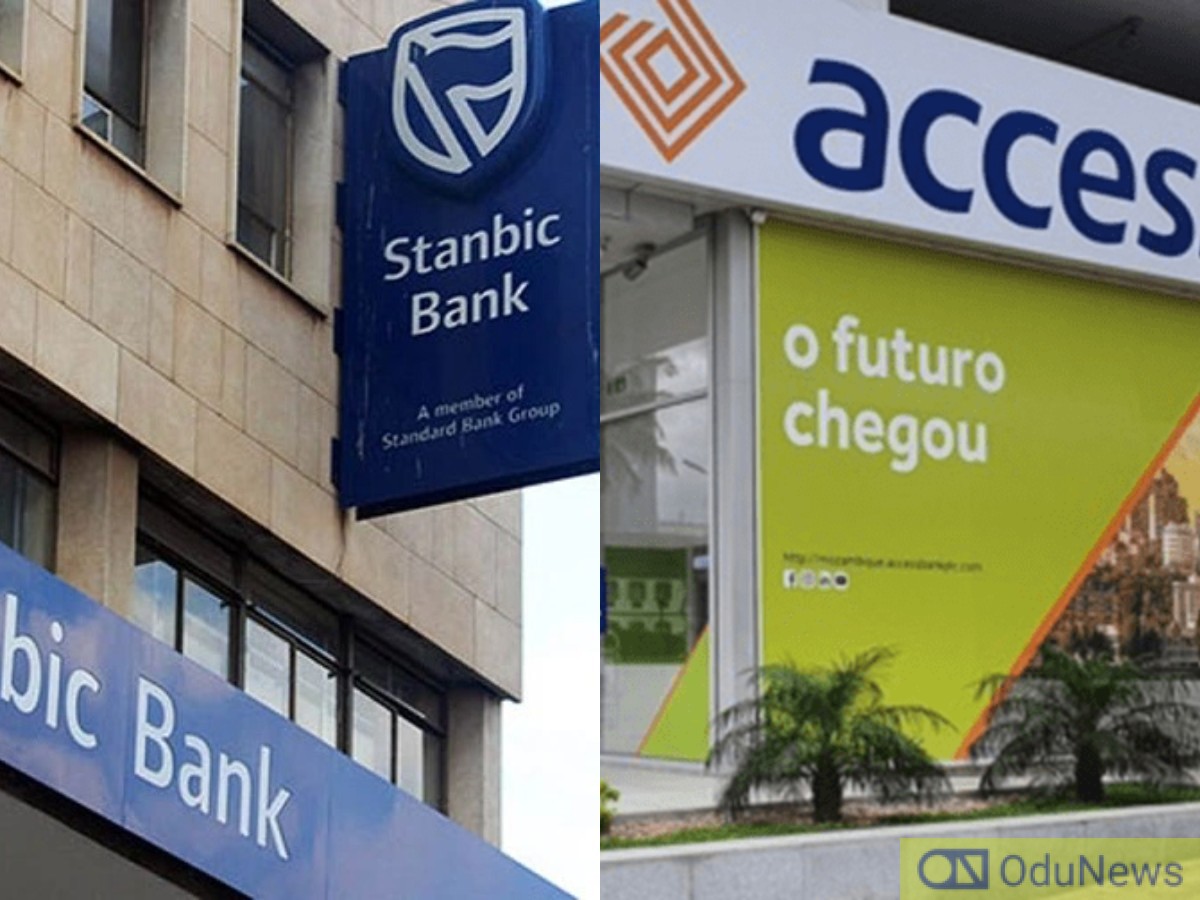Stanbic IBTC and Access Bank Plc recorded the highest loan figures doled out to customers in the first half of 2022.

This is according to a BusinessDay analysis of the half-year earnings of seven banks – Access, Zenith, United Bank for Africa, Guaranty Trust Holding Company (GTCO), FCMB Group, Stanbic IBTC Holdings Plc, and FBN Holdings Plc.
Stanbic IBTC boosted its loans and advances to customers to N1.06 trillion at the end of H1 2022, up 39 per cent from N0.76 trillion in the same period last year.
Access Bank’s loan book grew by 29 per cent to N4.62 trillion in H1 2022 from N3.58 trillion in the same period of last year.
Zenith Bank increased its loans and advances to customers by 22 per cent to N3.66 trillion from N3 trillion.
FCMB’s loans and advances to customers also grew by 22 per cent to N1.12 trillion in H1 2022 from N0.92 trillion in the same period of 2021.
UBA’s loans and advances to its customers stood at N2.75 trillion at the end of 2022, up 4.5 per cent from N2.63 trillion in the same period of 2021.
GTCO, the holding company of Guaranty Trust Bank Limited, said its loans and advances to customers grew by 12 per cent to N1.83 trillion in H1 2022 from N1.63 trillion in the same period of 2021.
FBN Holdings, the holding company of First Bank of Nigeria Limited, saw its loans and advances to customers decline to N1.83 trillion from N2.53 trillion.
“Loans to customers depend on the strategy of each bank. In a period of economic stability, banks will tend to grow loan assets because businesses are doing well. They earn interest and the loans are expected to not go bad because the economy is doing well,” said Ngozi Odum, a financial services analyst at CardinalStone Securities.
According to her, banks are expected to lend to customers, but what matters is how much they lend, which is why the Central Bank of Nigeria (CBN) has a regulatory loan-to-deposit ratio (LDR).
From the beginning of 2020 to the end of last year, the LDR ratio ranged between 58.35 per cent and 62.68 per cent amid the economic fallout of the COVID-19 pandemic, which saw the country plunge into a recession. The LDR rose to 65.95 per cent in July 2022 from 59.12 per cent at the end of 2021.
The CBN had, in a circular dated July 3, 2019, mandated the deposit money banks to maintain a minimum LDR of 60 per cent by September 30, 2019, in a bid to improve lending to the real sector of the nation’s economy. The minimum LDR was in October 2019 raised to 65 per cent.
It said to “encourage SMEs, retail, mortgage, and consumer lending”, the sectors would be assigned a weight of 150 per cent in computing the LDR.
The impact of higher loans is positive for the economy because it facilitates growth, according to Odum. “However, it must be factored that the obligors can repay those loans, else the impact on banks is negative.”
“Last year, most banks reduced their issuance of loans because everything was in dire straits but since the second half of 2021, economic activities have commenced on full gear, thereby leading to banks increasing the loans to customers,” Ope Oluwa, a research analyst at Cordros Securities, said.


Comments are closed.